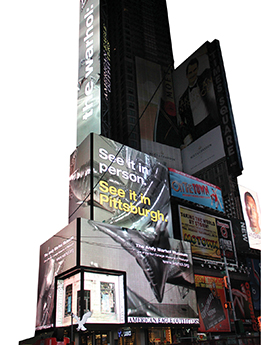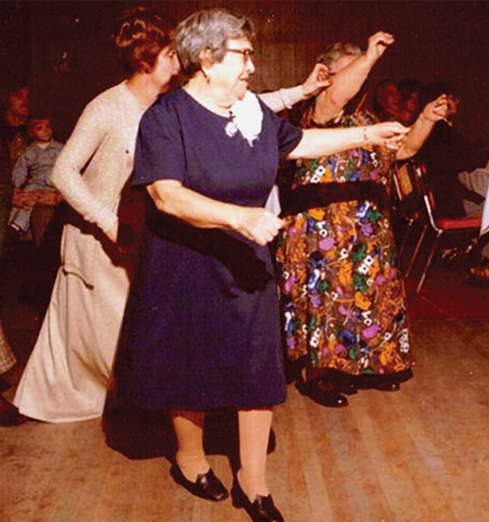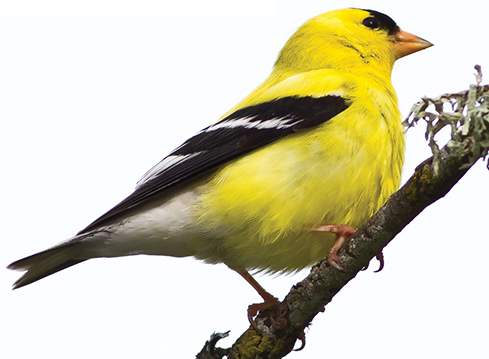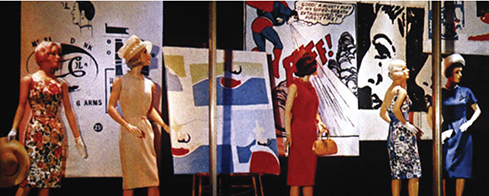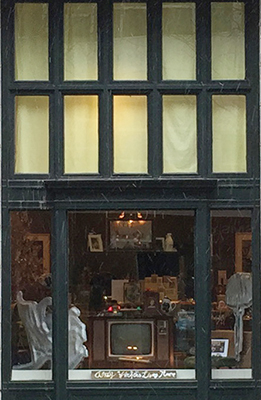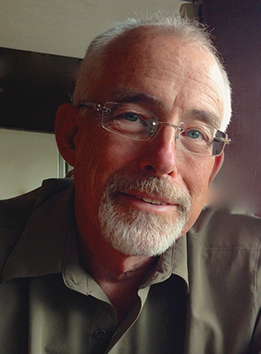 Spring 2015
Spring 2015|
The Warhol Flying High
Let's Celebrate Mark your calendars for May 9, when Carnegie Museum of Art is set to celebrate in a big way the inaugural year of its Hillman Photography Initiative, which has been engaging and intriguing the world on its nowseethis.com website since April 2014. The initiative is all about investigating the lifecycle of images—their creation, transmission, consumption, storage, potential loss, and reemergence. And among the highlights of its first year was the discovery of art created by Andy Warhol on an Amiga computer, found “trapped” on an old floppy disc that the museum tracked down in the archives of The Andy Warhol Museum. The geek squad at Carnegie Mellon (otherwise known as the CMU Computer Club) along STUDIO for Creative Inquiry were able to extract the images, much to the world’s delight. The museum documented the whole process in the Hillman Photography Initiative series, The Invisible Photograph. The May event, presented by the Museum of Art and Pittsburgh-based VIA, a creative collective, will feature a special lineup of national electronic music acts. It will also serve as a book launch for A People’s History of Pittsburgh, the Hillman Photography Initiative’s participatory photographic history project—a Pittsburgh photo album of sorts, assembled by artistsin- residence Melissa Catanese and Ed Panar. Pittsburghers submitted more than 1,400 photographs. Stay tuned for more details on the #nowseethis event!
16,751 The number if birds caught, banded, and released at Powdermill Nature Reserve’s Bird Banding Lab in 2014. All told, the lab processed 123 different species and the highest number of recaptured birds— 5,545—in Powdermill’s 53-year history. The Top 5 most-captured birds last year: the Grey Catbird, Ruby-crowned Kinglet, American Goldfinch, Cedar Waxwing, and Magnolia Warbler.
"It is my spiritual home. Spirit lingers in the heart.
Spirit is never cool. You can't explain it. It's what you love." - Photographer Duane Michals on his hometown of Pittsburgh (The New York Times, October 30, 2014). Carnegie Museum of Art’s retrospective Storyteller: The Photographs of Duane Michals closed in February and travels to The Peabody Essex Museum in Salem, Massachusetts, this spring.
A Window to Art In a nod to Andy Warhol’s early work as a window dresser at Pittsburgh’s Horne’s Department Store and New York’s Bonwit Teller, The Warhol is giving some local artists what they crave most—exposure, which, not coincidentally, is the name of the museum’s new art project. In Exposures, local emerging artists use the museum’s street-facing store windows as their art-installation space. The project is also bringing limited-edition products designed by local and international artists into The Warhol Store.
Man of Science
Tonsor’s passion for scientific research is obvious: He directed Pitt’s field research and education facility, the Pymatuning Laboratory of Ecology; served on the faculty at Michigan State’s W. K. Kellogg Biological Station; received prestigious grants from institutions such as the National Science Foundation (NSF); and has served on numerous NSF review panels and as an NSF program officer. But it’s in museums, Tonsor says, where all people can really connect with science. “As a young boy, my parents gave me the great gift of frequent time in museums, including natural history museums, where I first felt an overwhelming awe of the patterning and variation in the tree of life,” Tonsor says. “Museums are a hugely important nexus for knowledge discovery and dissemination.” Among his responsibilities, Tonsor will oversee interdisciplinary research by the museum’s scientists and work with museum staff to integrate current science into public programming and exhibits. “Science is not only for those who know the secret handshake,” he says. “It’s a way of thinking and approaching problems that everyone can employ. At our museum, we reconnect science and people through the example set by our scientists, through our education programs, and of course through the exhibition of our unique collections.”
|
Three Rivers Wise · Call of the Wild · Uncrated: The Hidden Lives of Artworks · I Can Do That · President's Note · Face Time: Stefan Hoffmann · Artistic License: A Wonderful (Still) Life · First Person: Objects of Remembering · Science & Nature: Nights at the Museum · Travel Log · The Big Picture
 |
Copyright © 2017 CARNEGIE Magazine. All rights reserved. |

